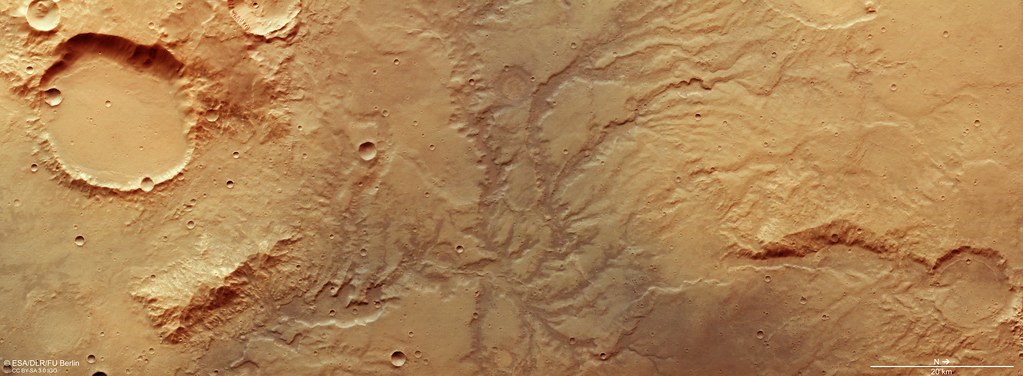
If all the hidden water below Mars’ surface were let out, it would flood the planet in an ocean a mile deep.” This isn’t science fiction, but the latest word from planetary scientists who have spent decades tracking the Red Planet’s disappeared seas. For decades, Mars has teased scientists with hints riverbeds, lake basins, and enigmatic dark streaks of a past when water poured freely over its now dry surface. But the big question has always remained: what happened to all that water? Breakthroughs in recent years, fueled by NASA’s orbiters and landers, are finally offering clues. These findings are not only rewriting the history of Mars; they are defining the blueprint for the future and the quest for life elsewhere in the universe.
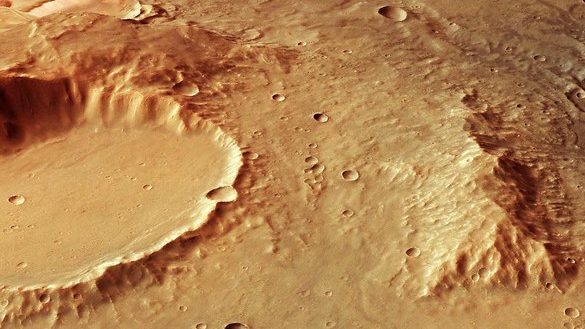
1. Mars’ Ancient Water World
It is now known to have existed as oceans and lakes rather than being a desert world as it appears today. Geological evidence valley networks, sedimentary layers, and rounded pebbles attests that giant rivers and lakes once shaped the Martian surface. According to NASA’s astrobiology program, some estimates suggest Mars could have been covered by enough water to submerge a fifth of its surface. As Michael Meyer, chief scientist for NASA’s Mars Exploration Program, noted, “The big surprise in the last 15 years of exploration is that the water inventory on Mars is much higher than we had anticipated.” Eventually, though, the climate of Mars changed radically, leaving only arid channels and polar ice caps.
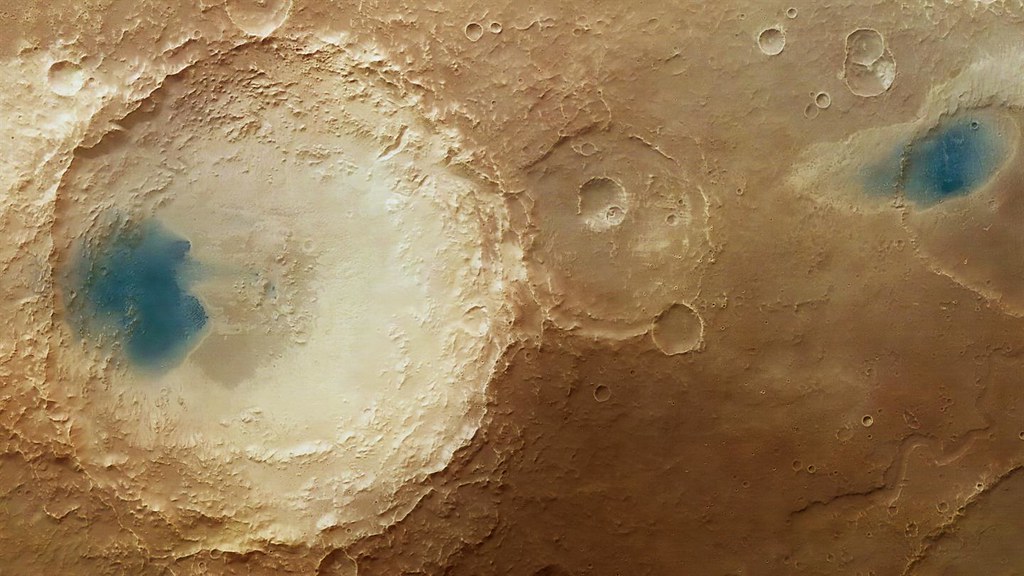
2. The Disappearance: How Mars Lost Its Water
The dominant explanations for Mars’ water loss have been two linked processes: atmospheric escape and climate change. With Mars‘ loss of the global magnetic field, solar wind removed the atmosphere, surface pressure fell to lows, and water froze, escaped to space, or got trapped underground. Recent research, such as that referenced by Hrvoje Tkalčić, supports the fact that such processes do not explain all of the water previously present. The enigma of the “missing” water has fueled a new generation of studies, this time considering what lies beneath the Martian crust.

Image Credit to Flickr
3. Seismic Revelations: Oceans Beneath the Surface
NASA’s InSight lander has provided seismic information that is revolutionizing our knowledge of Mars’ interior. Through studies of marsquakes and impacts from meteorites, scientists have identified a “low-velocity layer” between 3.4 and 5 miles under the surface an anomaly best resolved by liquid water filling pores in rock. As Tkalčić and Weijia Sun explained, “This ‘low-velocity layer’ is likely to be highly porous rock saturated with liquid water, such as a wet sponge.” The estimated amount of this secret water would inundate Mars in an ocean 1,700 to 2,560 feet deep, comparable to the water trapped in Antarctica’s ice sheet. This discovery presents a most satisfying answer to the missing water puzzle of the planet.
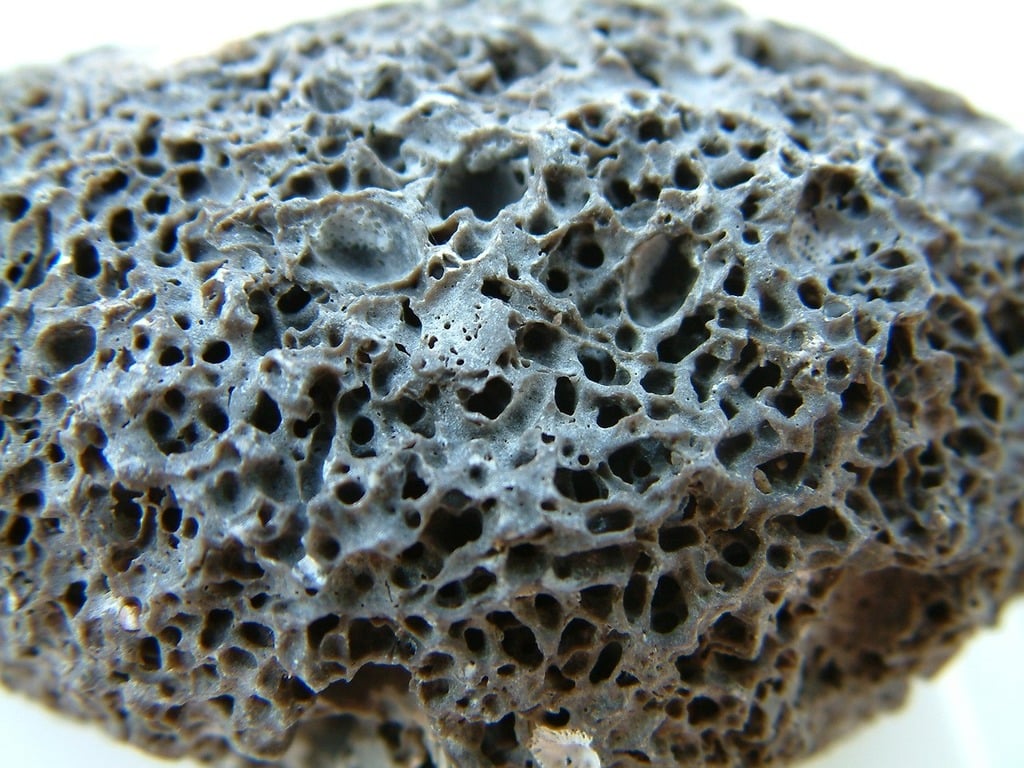
4. Not Just Ice: Water Locked Inside Mars’ Rocks
While much of Mars’ known water is frozen at the poles or in mid-latitude ice slabs, recent studies have revealed that liquid water is also trapped within the planet’s volcanic crust at depths of 7 to 13 miles. These aquifers are not vast underground lakes but rather networks of water-saturated sediments, akin to Earth’s deep aquifers. As Alberto Fairén, an astrobiologist at Cornell University, explained to CNN, “These new findings show that liquid water does indeed exist in the Martian subsurface today, not in the form of isolated and distinct lakes, but as water-saturated sediments, or aquifers.”

5. The Recurring Slope Lineae: Present-Day Evidence of Flows
NASA’s Mars Reconnaissance Orbiter (MRO) has watched dark, finger-shaped streaks known as recurring slope lineae (RSL) appear and disappear seasonally. These environments are likely a result of salty water flowing that melts during hotter times. Hydrated salts were detected at RSL locations by the CRISM spectrometer, indicating that “water plays an important role in the origins of these streaks,” according to Georgia Tech‘s Lujendra Ojha. Perchlorates, which decrease the freezing point of water, permit brines to stay liquid even in the cold climate of Mars. But these flows are transient and probably small in amount.
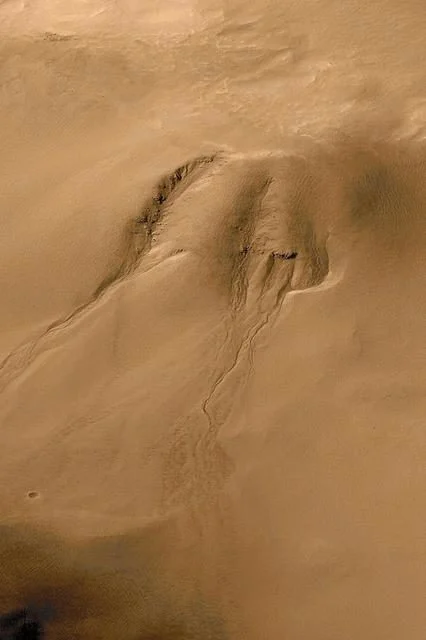
6. Implications for Life: Habitats in the Deep
The detection of subsurface water has great implications for astrobiology. On Earth, deep aquifers are full of microbial life, living in the dark and isolation. Underground reservoirs on Mars might provide the same habitats. Jesse Tarnas, a researcher at the NASA Jet Propulsion Laboratory, said, “Wherever you have groundwater on Mars, there’s a good chance that you have enough chemical energy to support subsurface microbial life.” The mechanism of radiolysis radioactive decay breaking water into hydrogen and oxygen may supply the required energy for microbes, just like it does in Earth’s deep biosphere. As UC Berkeley geophysicist Michael Manga said, “We haven’t found any evidence for life on Mars, but at least we have identified a place that should, in principle, be able to sustain life.”

7. Challenges of Access: The Depths Defy Drilling
Although the promise of plentiful water is enticing, reaching it is a daunting challenge. The liquid reservoirs are located miles deep, well out of reach for today’s drilling capabilities. As Steven Banham, a planetary scientist at Imperial College London, noted, “Yes, the quantity of water down in the crust is potentially huge, but it will be hard to access or use.” For future human exploration, this leaves them dependent on easier sources like surface ice or hydroxyl minerals until technologies improve.

8. Defining Future Mars Missions and Colonization
Having water, even buried deep, is a game-saver for Mars missions. Water is needed for life support, radiation protection, and as feedstock for fuel. The quest for usable water will dictate landing site choices for future missions and shape the design of life support systems. As Michael Meyer of NASA put it, “We have it at the poles and we’re seeing it at mid-latitudes.” The promise of water also raises the stakes for planetary protection, as human missions must avoid contaminating potential habitats with terrestrial microbes.
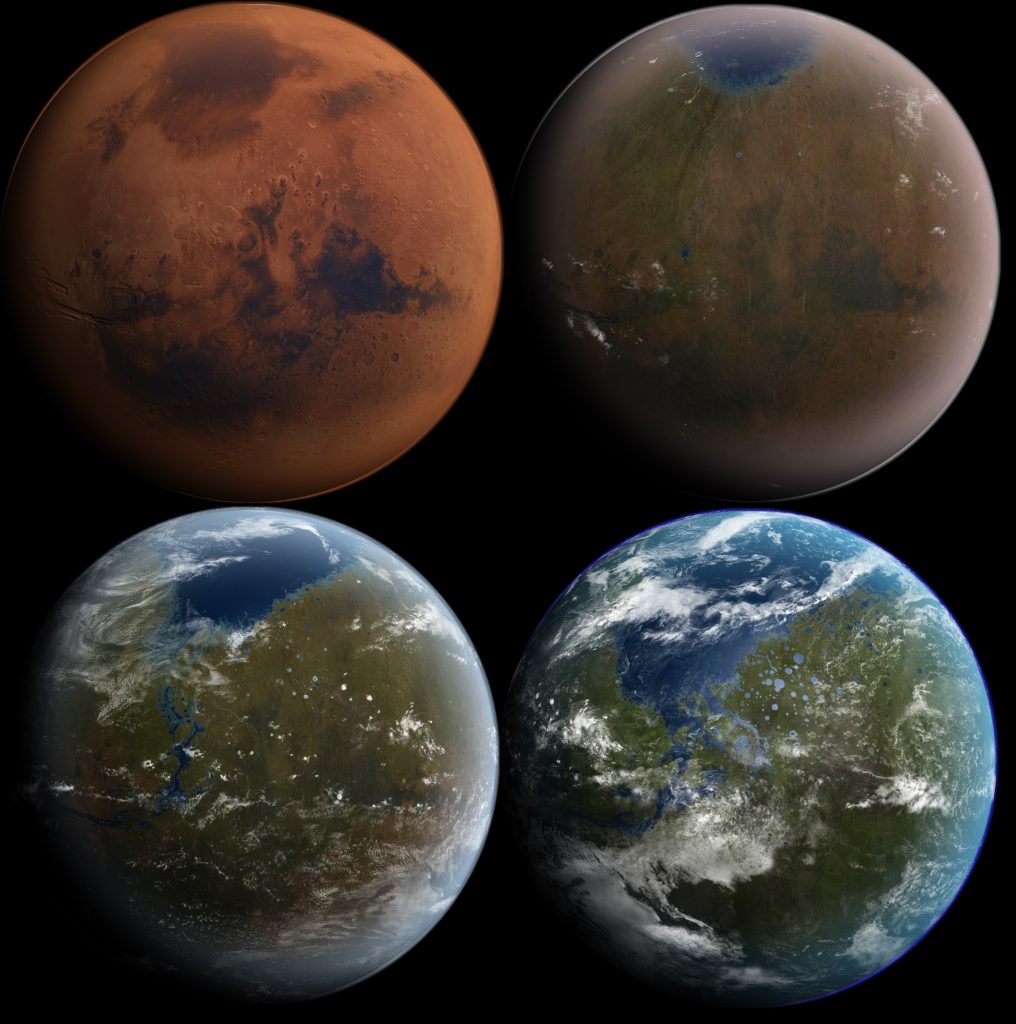
9. Mars as a Mirror: Lessons for Earth and Beyond
Understanding how Mars transitioned from a water-rich world to a frozen desert offers insights into planetary evolution and climate change. When scientists equate the destiny of Mars to that of Earth, they are reminded of the relative vulnerability of planetary ecosystems. The history of Mars’ water is more than the history of the Red Planet it is a cautionary story and a scientific one. As Meyer mused, “Mars and Earth were once more like each other… Mars might be the key to helping answer those questions.”
The history of Mars’ lost water is about to take another turn, driven by seismic data, orbital observations, and the insatiable wonder of scientists. As life hunting and the human settlement dream continue, the Red Planet’s secret reservoirs serve as reminders that there are still many secrets in the universe awaiting the next generation of space explorers to reveal them.


